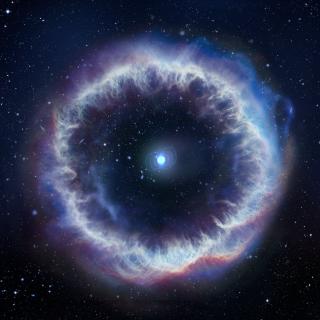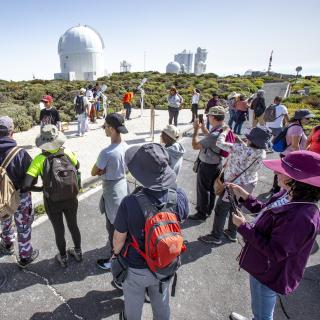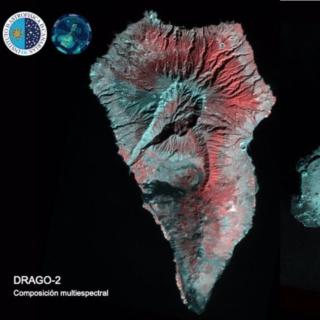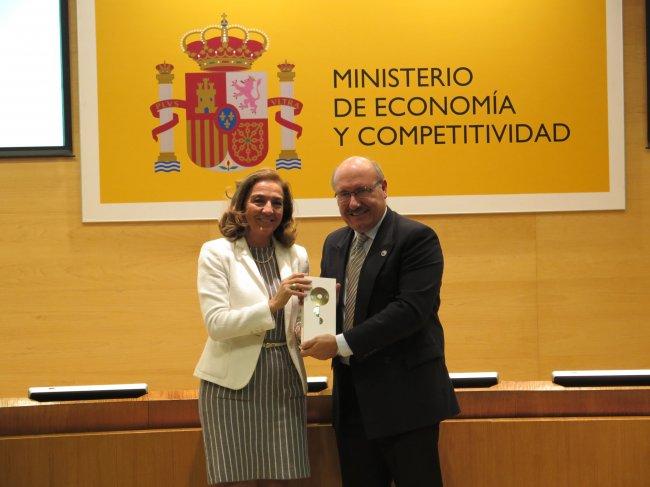It may interest you
-
 A new international study, using observations from the Gran Telescopio Canarias at the Roque de los Muchachos Observatory on La Palma, has identified a plasma bubble as the source of the persistent emission observed in some of the so-called fast radio bursts (FRBs), one of the most powerful and unknown cosmic events in the Universe. The data also allow researchers to constrain the nature of the “engine” powering these mysterious sources. The results are published today in Nature. Discovered just over a decade ago, fast radio bursts (FRBs) emit millisecond-long pulses that release an immenseAdvertised on
A new international study, using observations from the Gran Telescopio Canarias at the Roque de los Muchachos Observatory on La Palma, has identified a plasma bubble as the source of the persistent emission observed in some of the so-called fast radio bursts (FRBs), one of the most powerful and unknown cosmic events in the Universe. The data also allow researchers to constrain the nature of the “engine” powering these mysterious sources. The results are published today in Nature. Discovered just over a decade ago, fast radio bursts (FRBs) emit millisecond-long pulses that release an immenseAdvertised on -
 Cientos de personas se han acercado este fin de semana al Observatorio del Teide para participar en las tradicionales jornadas de puertas abiertas que organiza el Instituto de Astrofísica de Canarias coincidiendo con la semana del solsticio de verano. Esta actividad, organizada de forma conjunta por el Observatorio del Teide y por la Unidad de Comunicación y Cultura Científica (UC3) del IAC, forma parte de las tareas de divulgación que realiza el Instituto para que la ciudadanía pueda conocer de primera mano uno de los mejores observatorios del mundo, sus infraestructuras, el trabajo de suAdvertised on
Cientos de personas se han acercado este fin de semana al Observatorio del Teide para participar en las tradicionales jornadas de puertas abiertas que organiza el Instituto de Astrofísica de Canarias coincidiendo con la semana del solsticio de verano. Esta actividad, organizada de forma conjunta por el Observatorio del Teide y por la Unidad de Comunicación y Cultura Científica (UC3) del IAC, forma parte de las tareas de divulgación que realiza el Instituto para que la ciudadanía pueda conocer de primera mano uno de los mejores observatorios del mundo, sus infraestructuras, el trabajo de suAdvertised on -
 The Instituto de Astrofísica de Canarias (IAC) has started its development of DRAGO-3 , the third generation of its instrument: Demonstrator for Remote Analysis of Ground Observations (DRAGO), designed for Earth observation from space in the short wave infrared region of the spectrum (SWIR). This new instrument comes after the success of DRAGO-1 and DRAGO-2 , which have proved their utility in key applications such as following volcanic eruptions, hydrological monitoring of regions affected by climate change, and the control of forest fires. Both the previous models have shown theirAdvertised on
The Instituto de Astrofísica de Canarias (IAC) has started its development of DRAGO-3 , the third generation of its instrument: Demonstrator for Remote Analysis of Ground Observations (DRAGO), designed for Earth observation from space in the short wave infrared region of the spectrum (SWIR). This new instrument comes after the success of DRAGO-1 and DRAGO-2 , which have proved their utility in key applications such as following volcanic eruptions, hydrological monitoring of regions affected by climate change, and the control of forest fires. Both the previous models have shown theirAdvertised on
